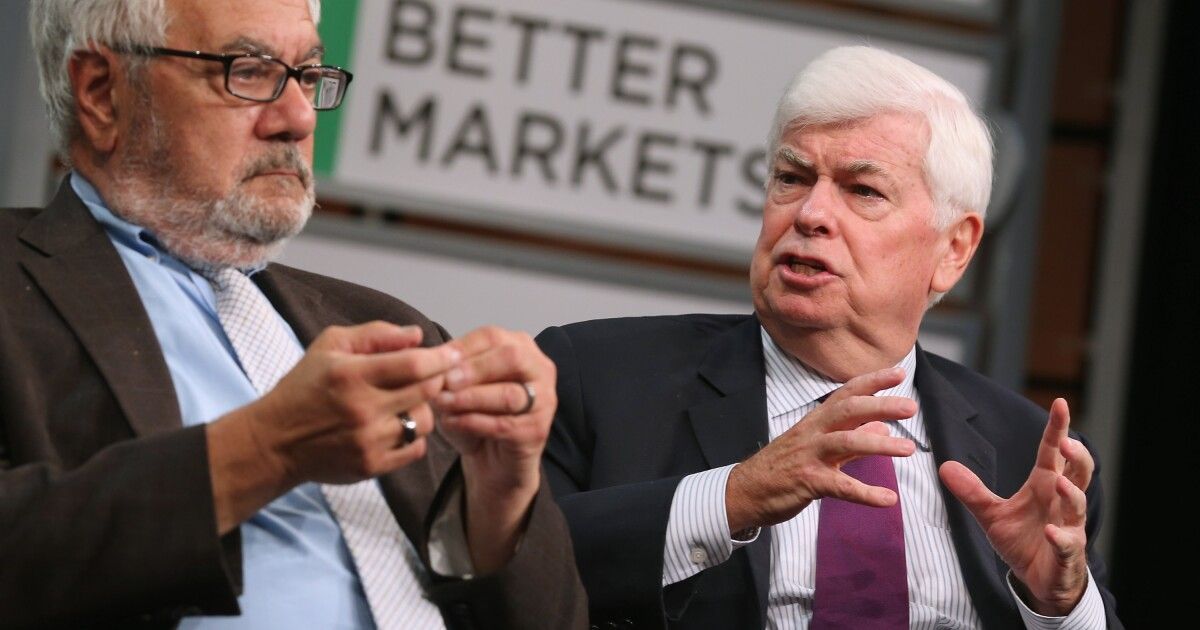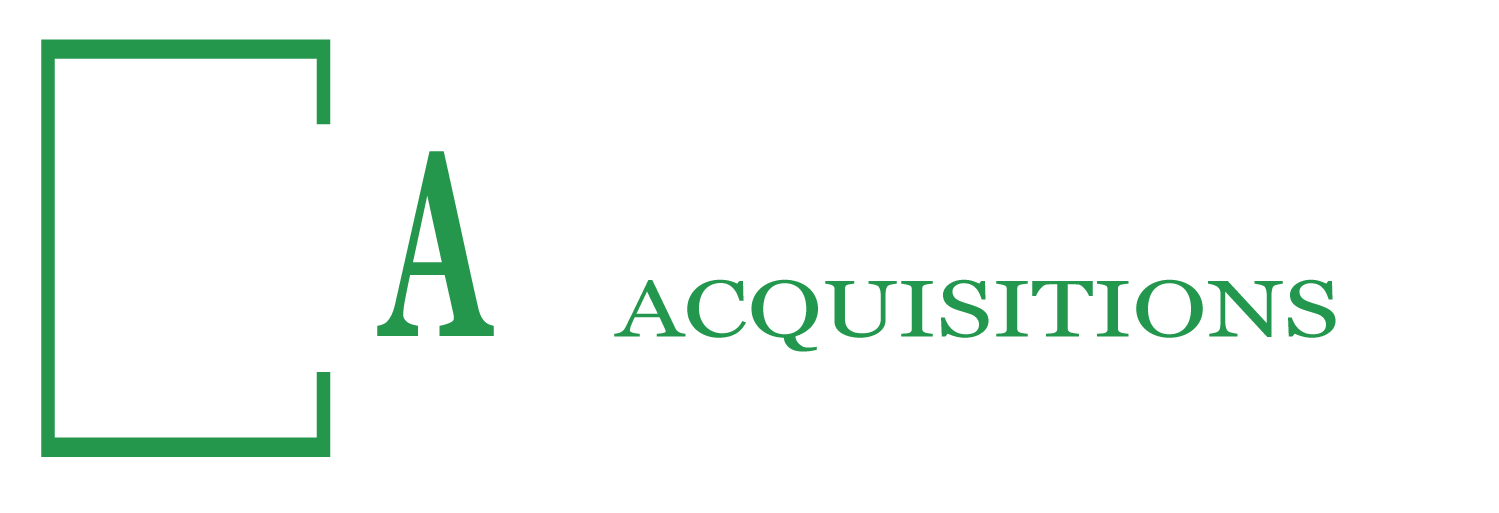Address
3480 Preston Ridge Road 500-A
Alpharetta, Georgia 30005
Get in touch
Was it Optimism or Appropriate Reform?
What is the Dodd–Frank Wall Street Reform and Consumer Protection Act?

The Dodd-Frank Act, also known as the Dodd-Frank Wall Street Reform and Consumer Protection Act, is a comprehensive financial regulatory reform law that was enacted in the United States in 2010 in response to the financial crisis of 2008.
The Act was named after its two main sponsors, Senator Christopher J. Dodd and Representative Barney Frank, and it aimed to address the causes of the financial crisis by improving accountability and transparency in the financial system, and protecting consumers from abusive financial practices.
The Dodd-Frank Act created new regulatory agencies, such as the Consumer Financial Protection Bureau (CFPB), and increased the powers of existing ones, such as the Securities and Exchange Commission (SEC) and the Federal Reserve. The Act also established new rules for banks and other financial institutions, such as restrictions on proprietary trading and new capital requirements.
Overall, the Dodd-Frank Act was designed to increase accountability, transparency, and stability in the financial system, and to protect consumers from the abuses that contributed to the financial crisis. However, it remains controversial, with some critics arguing that it has created burdensome regulations that stifle economic growth, while others believe that it has not gone far enough to address the root causes of the financial crisis.
Components of the Dodd-Frank Act
Here are some of the law's key provisions and how they work:
- Financial Stability Council (FSC): Under the Dodd-Frank Act, the Financial Stability Oversight Council and the Orderly Liquidation Authority monitor the financial stability of major financial firms, and to coordinate the actions of the various regulatory agencies in responding to those risks. It also has the power to designate certain financial institutions as "systemically important," which subjects them to heightened regulatory scrutiny and requirements. The FSC is made up of representatives from several federal financial regulatory agencies, including the Federal Reserve, the Securities and Exchange Commission, and the Treasury Department.
- Consumer Financial Protection Bureau (CFPB): The CFPB, is a federal agency created under the Dodd-Frank Act with the mission of protecting consumers in the financial marketplace by enforcing federal consumer financial laws and regulations, and by promoting transparency, fairness, and competition in the consumer financial products and services industry. The CFPB has the authority to regulate and supervise a wide range of financial institutions, including banks, credit unions, payday lenders, mortgage servicers, debt collectors, and other financial service providers. Its jurisdiction also covers a broad range of consumer financial products and services, such as mortgages, credit cards, auto loans, student loans, and payday loans. Some of the specific responsibilities and activities of the CFPB include: (1) conducting investigations and enforcement actions against financial institutions and other companies that violate consumer financial protection laws, (2) providing consumer education and financial literacy resources to help individuals make informed financial decisions, (3) collecting and analyzing data on consumer complaints, industry practices, and market trends to identify potential areas of harm to consumers, (4) developing and implementing regulations and guidelines to ensure that financial products and services are fair, transparent, and easy for consumers to understand, and (5) supervising financial institutions to ensure compliance with consumer financial protection laws, and to identify and mitigate risks to consumers and the financial system.
- Volcker Rule: The Volcker Rule is a regulation that was included in the Dodd-Frank Act, named after former Federal Reserve Chairman Paul Volcker, who championed the rule. The Volcker Rule prohibits banks and other financial institutions from engaging in certain types of proprietary trading and from owning or investing in hedge funds and private equity funds. Under the Volcker Rule, banks are prohibited from engaging in the following activities: (1)proprietary trading of securities, derivatives, and other financial instruments for their own account, except for certain permitted activities, such as market-making and hedging, (2) owning or investing in hedge funds or private equity funds, except under limited circumstances.
- Whistleblower Program: The Dodd-Frank Act includes provisions for a whistleblower program that provides financial incentives and protections to individuals who report possible violations of securities laws to the Securities and Exchange Commission (SEC). In addition to financial incentives, the whistleblower program also provides protections to individuals who report possible securities law violations, including: (1) protection from retaliation by employers, (2) the ability to report anonymously through an attorney, (3) the right to sue employers who retaliate against whistleblowers for double back pay, reinstatement, and other damages. The whistleblower program has been successful in encouraging individuals with knowledge of potential securities law violations to come forward and report their concerns to the SEC. Since the program's inception in 2011, the SEC has received thousands of tips from whistleblowers and has awarded over $1 billion in financial rewards to individuals who provided information leading to successful enforcement actions.
The 2008 Financial Crisis and the Effects of Deregulation

Before the 2008 housing crisis and the passing of the Dodd-Frank Act, there was a significant deregulation of banks in the United States. This deregulation allowed banks to engage in riskier lending practices and invest in complex financial instruments that were poorly understood. As a result, the housing market was inflated, and the value of subprime mortgages was overestimated. When the housing market collapsed, banks were left with massive losses that threatened to destabilize the entire financial system. The lack of regulatory oversight also allowed for predatory lending practices and other abuses that disproportionately impacted vulnerable consumers.
Understanding Bank Deregulation and Failures During the Trump Administration- 2017-2021
During the Trump administration, there was a push for bank deregulation and a rollback of some of the measures put in place by the Dodd-Frank Act. One significant example of this was the Economic Growth, Regulatory Relief, and Consumer Protection Act, which was signed into law in 2018. The Act loosened some of the restrictions on small and mid-sized banks, such as raising the asset threshold for enhanced prudential standards. For example, under the Dodd-Frank rules, banks with $50 billion in assets were subject to more strenuous capital and liquidity requirements, but the new law in 2018 increased the asset threshold to $250 billion.
Additionally, the administration also scaled back some of the regulations that were meant to prevent bank failures. However, critics argued that this loosening of regulations could increase the risk of another financial crisis. Despite these changes, there were still some bank failures during the Trump administration, such as the closure of more than 500 banks between 2017 and 2020.
The Current Relevance of the Dodd-Frank Act in 2023
The recent collapse of San Francisco-based First Republic Bank, in addition to the failures of New York-based Signature Bank and Santa Clara-based Silicon Valley Bank, highlights the need for careful and cautious financial regulation akin to that which followed the chaos of the Great Recession. As a response, President Biden has proposed reversing Trump-era banking deregulation by urging regulators to impose stricter rules on banks with assets ranging from $100 billion to $250 billion. In a statement released on March 30, 2023, the White House urged federal banking regulators and the Treasury Department to consider several reforms, including implementing tougher liquidity rules, conducting annual capital stress tests, and creating "living wills" to guide a bank's liquidation in the event of failure.
Other recommendations included strengthening capital requirements for banks, conducting timely capital stress tests, improving supervisory tools to test banks' resilience to higher interest rates, and expanding long-term debt requirements to more banks. This call for rule-tightening comes amidst the administration's broader efforts to mitigate turbulence in the financial sector. The Biden administration attributes the recent instability to rollbacks on rules and "common-sense safeguards" for banks implemented during the Trump administration.
The effectiveness of the Dodd-Frank Act has been a subject of debate since its passage in 2010. Supporters argue that the act has provided important protections for consumers and helped to prevent another financial crisis, while critics argue that it has created unnecessary regulatory burdens and stifled economic growth.
While it is difficult to assess the overall impact of the Dodd-Frank Act, there is evidence to suggest that some of its provisions have been effective in promoting financial stability and consumer protection. For example, the CFPB has returned billions of dollars to consumers in the form of restitution and penalties, and the Volcker Rule has limited the ability of banks to engage in risky trading activities.
However, the Dodd-Frank Act has also been criticized for its complexity and the burden it places on smaller financial institutions. Some argue that the act has created a regulatory environment that favors larger institutions, as they have the resources to comply with the new rules and regulations.
Overall, whether or not the Dodd-Frank Act has been effective is a matter of ongoing debate, and opinions on the act's success or failure vary depending on one's perspective and political leanings.
Financial Institutions Affected by Proposed Regulations
Banks in the United States with assets ranging from $100 billion to $250 billion as of December 31st, 2022
| Bank | Assets |
|---|---|
| Citzens Bank | $226 billion |
| First Republic | $213 billion |
| Morgan Stanley Private Bank | $210 Billion |
| Silicon Valley Bank (Collapsed) | $209 billion |
| Fifth Third Bank | $206 billion |
| Morgan Stanley Bank | $201 billion |
| M&T Bank | $200 billion |
| Key Bank | $188 billion |
| Huntington Bank | $182 billion |
| Ally Bank | $182 billion |
| BMO Harris | $177 billion |
| HSBC Bank USA | $162 billion |
| American Express | $155 billion |
| Northern TC | $155 billion |
| Regions Bank | $154 billion |
| Discover Bank | $129 billion |
| Signature Bank (Collasped) | $110 billion |
| First Citizens | $109 billion |
About the Author
Dwan Roby is an accomplished financial executive and a seasoned expert with a wealth of experience in private debt and real estate. If you have any queries or seek to discover more about investment opportunities within our network, please do not hesitate to contact Mr. Roby via email.
Leave a Comment
All Rights Reserved | Forest Hills Acquisitions, LLC | Website Designed by bizCESS


